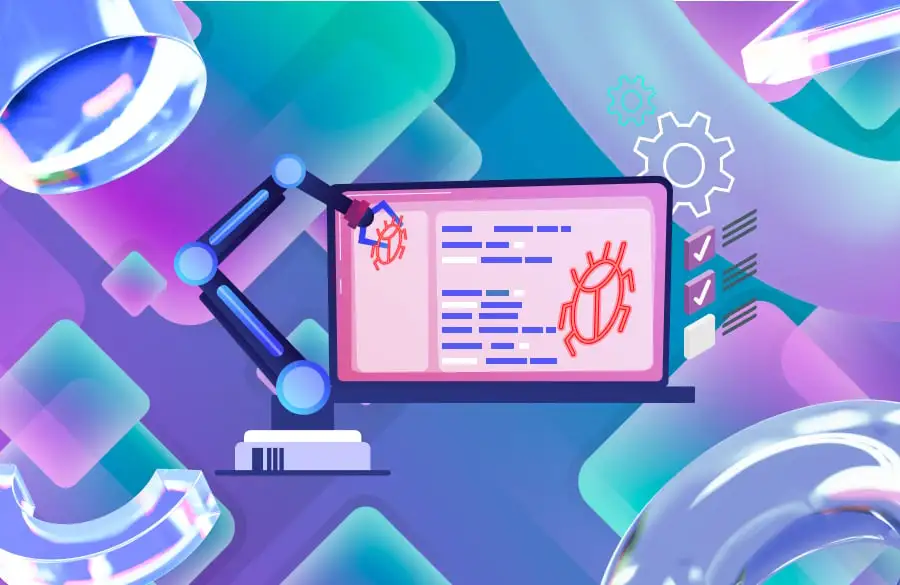Shift Your Mindset: Automate Requirements, Not Test Cases
As software testing professionals, we often get caught up in the mindset of automating manual test cases. However, this approach can lead to misunderstandings, frustrations, and an incomplete representation of our application's functionality. It's time to shift our perspective and focus on automating requirements, not just test cases.
The Problem with Automating Test Cases
When we approach test automation with the mindset of translating manual test cases into code, we're missing the bigger picture. A manual test case is a specific set of steps designed to verify a particular functionality, but it doesn't necessarily capture the underlying requirement. By solely focusing on automating these test cases, we risk creating a fragile and inflexible automation suite that is tightly coupled to the implementation details.
Automating Requirements: A Different Approach
The key to effective test automation is to shift our focus from automating test cases to automating requirements. A requirement is the core functionality that your application needs to deliver, and it is the foundation upon which your entire system is built. By automating the requirements themselves, we can create a living, always up-to-date representation of how your application should work.
This approach offers several benefits:
- Increased Reliability: Automated tests that verify requirements are less likely to break when implementation details change, as they are focused on the core functionality.
- Improved Traceability: Linking automated tests directly to requirements makes it easier to understand the purpose and scope of each test, enhancing overall traceability.
- Better Team Collaboration: When the entire team understands that the automation effort is focused on verifying requirements, it builds trust and aligns everyone's expectations.
- Efficiency in Maintenance: As requirements evolve, the automated tests can be updated accordingly, ensuring the automation suite remains relevant and effective.
Putting It into Practice
To shift your mindset from automating test cases to automating requirements, follow these steps:
- Identify the core requirements of your application.
- For each requirement, create an automated test that verifies its functionality.
- Ensure these automated tests are focused, fast, and reliable, providing a clear proof of the requirement's fulfillment.
- Continuously update the automated tests as requirements change, maintaining a living representation of your application's functionality.
Conclusion
By embracing this approach, you'll not only improve the effectiveness of your test automation efforts but also foster a better understanding and trust within your team. Remember, the ultimate goal is to ensure the core requirements of your application are thoroughly tested and validated, regardless of the specific implementation details.



